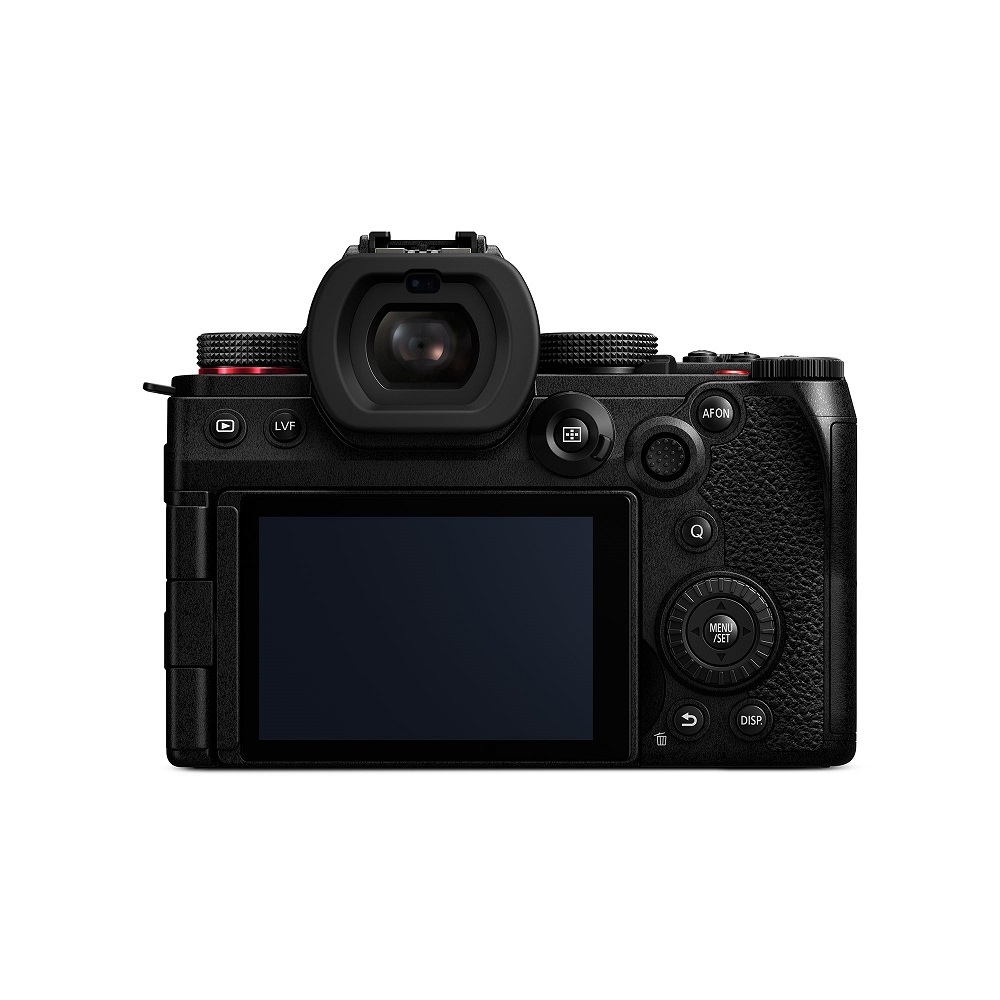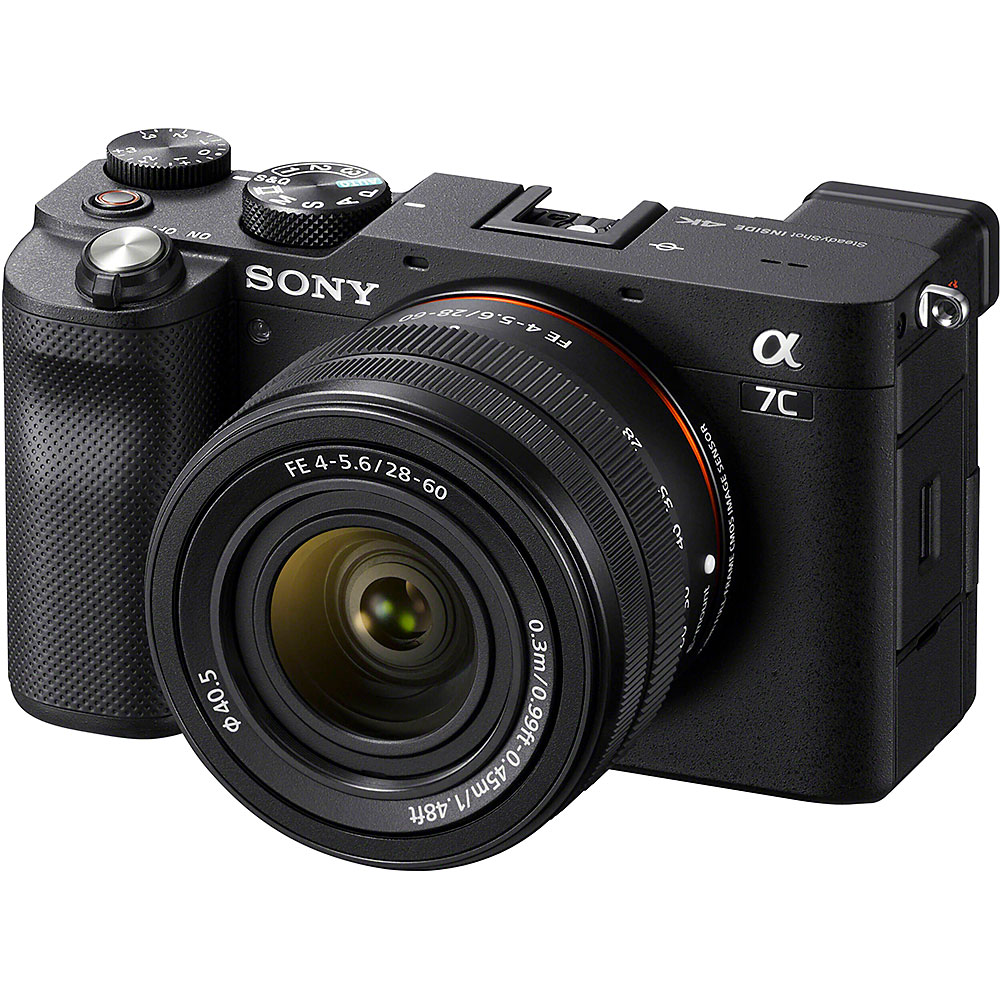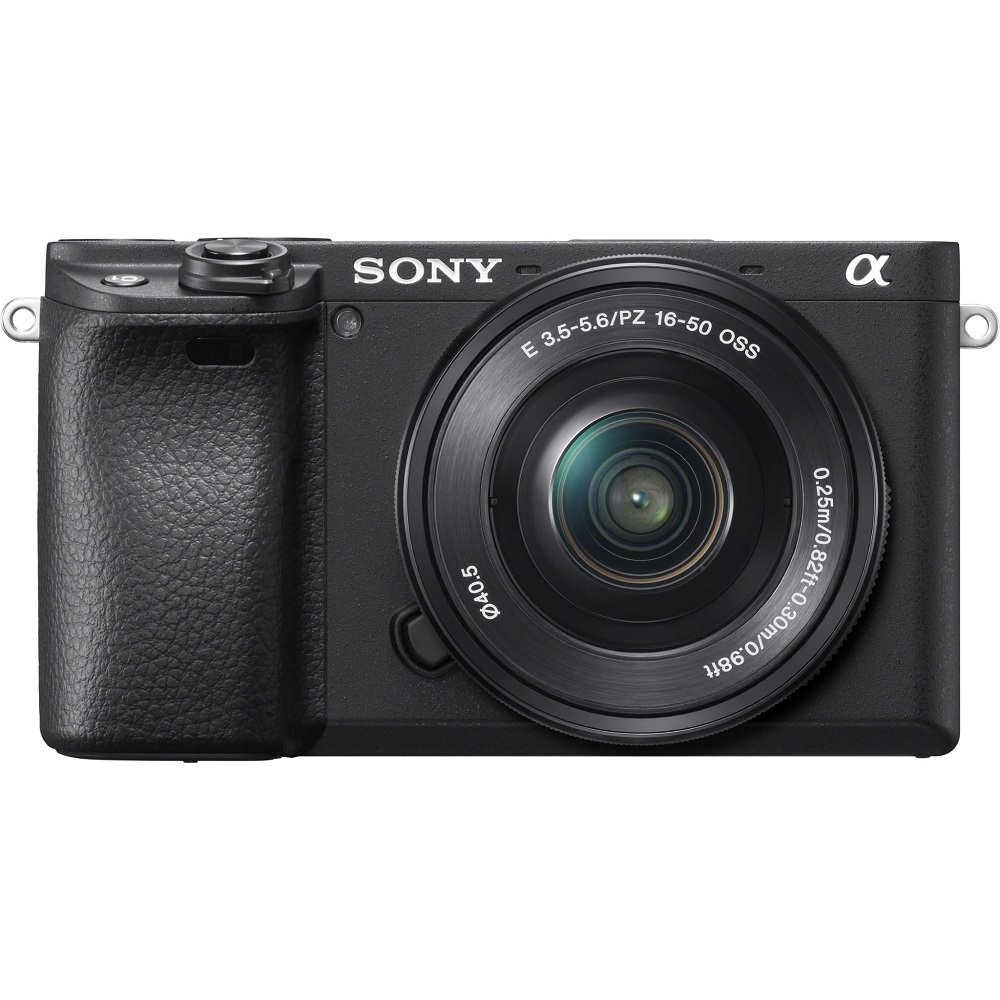Mirrorless camera technology has rapidly evolved over the past decade, reshaping the landscape of photography. By 2024, mirrorless cameras have become a powerful alternative to traditional DSLR cameras, making significant advances in performance, design, and ease of use. In this article, we will explore what mirrorless camera technology entails, how it differs from DSLRs, its advantages and disadvantages, innovative features emerging in 2024, and recommendations for those looking to dive into the world of mirrorless photography.
Understanding Mirrorless Camera Technology
Definition and Functionality
Mirrorless cameras, as the name suggests, lack the mirror mechanism found in DSLR cameras. This absence enables a more compact design, allowing for lighter and more portable camera systems. The core of a mirrorless camera includes an electronic viewfinder (EVF) or an LCD screen that displays a live image from the sensor. This feature gives photographers the ability to see how their settings will affect the final image quality in real-time, a distinct advantage over traditional optical viewfinders.
Unlike DSLRs, which use a rotating mirror to direct light into the optical viewfinder, mirrorless cameras rely completely on digital technology. The light coming through the lens hits the image sensor directly, allowing for faster autofocus and improved performance in continuous shooting modes. This technology elevates the mirrorless camera experience, catering to both amateur and professional photographers who value speed and accuracy.
Evolution of Mirrorless Technology
Since their introduction, mirrorless cameras have made significant advancements. Initially launched in the late 2000s, they first gained popularity in the compact camera market. However, as technology progressed, major brands began to develop systems with larger sensors and interchangeable lenses, making them desirable among serious photographers. By 2024, mirrorless cameras have established themselves as industry leaders, with robust systems capable of performing at professional levels in various environments, from low-light conditions to fast-paced sports events.

Key Features of Mirrorless Cameras
Compact and Lightweight Design
One of the most attractive features of mirrorless cameras is their compact design. Without the bulky mirror assembly seen in DSLRs, manufacturers have designed lighter camera bodies that are easier to carry and handle. This portability allows photographers to take their gear on long trips or while traveling without the burden of heavy equipment. Many manufacturers now produce small, powerful models that excel in both performance and mobility.
Advanced Autofocus Systems
Autofocus technology in mirrorless cameras has seen significant improvements by 2024. Many models now feature advanced autofocus systems using phase-detection and contrast-detection techniques to achieve rapid and accurate focus. These sophisticated autofocus systems have been complemented by eye-detection autofocus, making it easier to capture sharp portraits of people and animals. This enhanced autofocus not only improves the user experience but also increases the likelihood of capturing the perfect shot, especially in challenging lighting conditions.
High-Quality Video Capabilities
With the rise of content creation, mirrorless cameras have adapted well to the growing demand for high-quality video capabilities. Many models now support 4K resolution video recording with excellent frame rates and minimal rolling shutter effects. This technology appeals not only to photographers but also to videographers and vloggers who benefit from improved video quality and advanced features such as in-body stabilization, microphone inputs, and headphone outputs. In 2024, the video functionalities of mirrorless cameras continue to close the gap with dedicated camcorders and cinema cameras.
Advantages of Mirrorless Cameras
Silent Shooting and Discreet Operation
Mirrorless cameras often feature an electronic shutter, permitting silent shooting without the noise associated with mechanical shutters in DSLRs. This capability proves advantageous in scenarios such as wildlife photography, weddings, or any situation where silence is paramount. Photographers can capture moments without disturbing the environment or drawing attention.
Real-Time Exposure Preview
The live-view feed provided by mirrorless cameras offers real-time exposure previews, allowing users to see how changes in settings like aperture, shutter speed, and ISO affect the final image. This feature simplifies the learning process for novice photographers and gives seasoned professionals immediate visual feedback on their adjustments. Subsequently, this results in a more intuitive shooting experience, empowering photographers to be more creative and experimental with their techniques.
Greater Lens Compatibility
Since the inception of mirrorless technology, more manufacturers have developed lenses specifically designed for mirrorless systems. Additionally, many brands have released lens adapters that allow photographers to use lenses from their existing camera systems. This versatility enables photographers to expand their creative options and tailor their kits based on unique shooting scenarios.

Disadvantages of Mirrorless Cameras
Battery Life Concerns
While the advancements in mirrorless technology offer several benefits, one notable drawback is battery life. Mirrorless cameras tend to consume more power compared to DSLRs due to the use of electronic viewfinders and constant sensor operation. As a result, photographers may need to carry additional batteries for long shooting sessions, especially when photographing events or in remote locations. Manufacturers continue to strive for improvements in battery efficiency, but this concern remains an important consideration for potential buyers.
Limited Lens Selection for Emerging Systems
Although lens compatibility options for mirrorless cameras have expanded, some emerging systems still lack an extensive selection of native lenses compared to established DSLR systems. Photographers using newer mirrorless models might find certain focal lengths and specialty lenses harder to come by than their DSLR counterparts. However, as popularity continues to grow, lens options will likely increase, facilitating a more comprehensive ecosystem.
Innovations in Mirrorless Cameras in 2024
Enhanced Sensor Technology
As of 2024, sensor technology has improved dramatically, allowing manufacturers to develop sensors that offer better performance across the spectrum. Innovations such as backlit sensor designs and increased pixel counts contribute to greater low-light sensitivity and enhanced dynamic range. Photographers can achieve stunning results when capturing scenes with extreme highlights or deep shadows, unlocking new artistic potentials.
Improved In-Body Image Stabilization
Many mirrorless cameras now feature advanced in-body image stabilization (IBIS) technology, significantly reducing the effects of camera shake. By 2024, some mid-range and high-end models already incorporate up to 7 stops of stabilization, allowing users to shoot at slower shutter speeds while minimizing blur. This improvement proves essential for handholding, especially in low-light conditions or when using telephoto lenses.
AI-Powered Features
Artificial intelligence (AI) is making its presence felt in mirrorless camera technology, automating various aspects of photography. Features like scene detection and subject tracking use AI algorithms to recognize what’s in the frame and adjust settings accordingly. As a result, these systems can help streamline the shooting process and ensure that users always capture the best possible image, even in unpredictable situations.

Choosing the Right Mirrorless Camera in 2024
Assessing Your Needs
When selecting a mirrorless camera, it’s essential to assess your specific needs and shooting style. Are you primarily a landscape photographer, a portrait artist, or a wildlife enthusiast? Your requirements will differ, and understanding the advantages of various models will help you choose the right kit. Entry-level models may be perfect for beginners, while hobbyists or professionals might want advanced features like high-resolution sensors and customizable controls.
Budget Considerations
Set a budget that fits your needs before diving into the world of mirrorless cameras. Models range significantly in price, from affordable options for hobbyists to professional-grade systems that carry higher costs. Invest in lenses and accessories, such as memory cards, extra batteries, and protective gear. The right combination of camera body and lenses will make a substantial difference in your photography experience.
Research and Reviews
In 2024, the photography community continues to share reviews and experiences regarding the latest mirrorless camera releases. Do thorough research by reading reviews, watching video comparisons, and considering expert opinions from photography websites and forums. This approach allows you to learn about the pros and cons of your options and helps you make an informed decision before purchasing your new camera.
The Future of Mirrorless Camera Technology
Technology Advancements Ahead
As we look ahead, it’s evident that mirrorless camera technology will continue to evolve, with manufacturers exploring new ideas to enhance performance, usability, and overall user experience. Expect to see further developments in AI-driven features, improved connectivity options, and making cameras more intuitive for both novices and professionals.
Rethinking Photography
The growing popularity of mirrorless systems indicates a shift in how photographers approach their craft. With advancements in technology, photographers may increasingly rely on mirrorless cameras for an expanded range of applications. As more industry professionals adopt this technology, we can anticipate exciting breakthroughs in creative possibilities, allowing photographers to express themselves in ways previously thought unattainable.
Conclusion
In 2024, mirrorless camera technology stands at the forefront of photography, shaping how both amateurs and professionals capture images. Advanced features, lighter designs, improved functionality, and user-friendly interfaces have made these cameras an appealing option for photographers of all skill levels. While there are pros and cons to consider, the fast-paced development in the industry ensures that mirrorless cameras continue to break boundaries and redefine the photography landscape.
Whether you’re new to photography or an experienced professional looking to upgrade your gear, understanding mirrorless camera technology will empower you to make informed decisions that lead to creative growth. With each passing year, mirrorless systems become more established, pushing the boundaries of what’s possible in imaging. As you explore the world of photography, consider incorporating a mirrorless camera into your kit, and enjoy the transformation it can bring to your creative journey.
